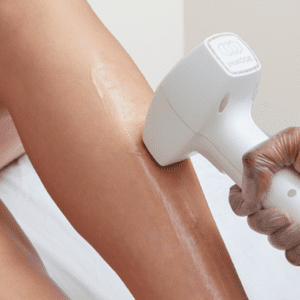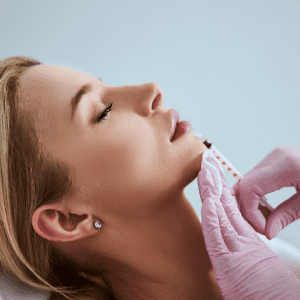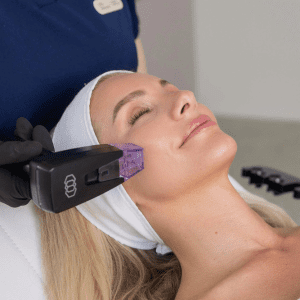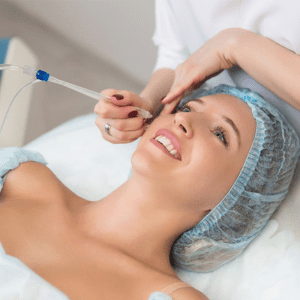
Following severe acne episodes, the skin develops permanent indentations and texture changes that doctors name acne scars. Deep skin penetrations from breakouts result in damage to the tissue located underneath. The body develops scars when it produces either insufficient or excessive collagen while attempting self-healing. Acne scars modify skin appearance through three distinct methods by creating both colour changes and raised bumps and depressed skin areas.
How Scars from Acne Form
Deep tissue damage from inflammatory acne lesions such as cysts, pustules, and nodules leads to the formation of acne scars. Collagen production occurs during healing, but improper balance between its levels creates different types of scars.
Atrophic scars are depressed scars brought on by inadequate collagen synthesis. The insufficient collagen production during healing results in scars that appear as depressions or pits. This skin condition mostly affects individuals with inflammatory acne. Atrophic scars exist in three distinct forms: rolling display wavy or undulating surfaces, while boxcar scars form broad shapes with defined edges, and ice pick scars appear as deep narrow depressions. These result from collagen deficiency, so treatments focus on boosting collagen production to achieve better skin smoothness.
Elevated scars brought on by an overabundance of collagen. When the body produces excessive collagen to heal skin damage, atrophic scars do not form. Such scars appear as hard, solid, raised skin growths that stay confined to the acne lesion area. The thicker skin on the jawline and back and chest areas makes hypertrophic scars more likely to appear. Medical treatments such as laser therapy or corticosteroid injections usually reduce hypertrophic scars, which typically fade with time.
Acne scars may produce dark marks, which typically resolve on their own but require treatment to prevent their duration. Acne-induced inflammation leads to increased melanin production, which results in brown, red, or purple skin discolouration known as PIH. PIH fades at different rates depending on individual skin type and sun exposure, but its duration spans from months to years. The fading process of PIH can be accelerated through sun protection measures and treatments, including chemical peels and laser therapy, as well as brightening agents to restore uniform skin tone.
Acne inflammation becomes worse when people pick at acne lesions because it creates opportunities for bacterial spread. The probability of scarring decreases when patients get their acne under proper control and receive early medical intervention.
To what extent are acne scars normal?
Acne scarring represents a typical healing response for those people who suffer from inflammatory acne. Scars from acne tend to become permanent, but some of them naturally disappear without treatment. The factors that determine scar formation include genetics and skin type as well as severity and proper treatment and picking behaviours.
Make An Appointment At Rasa Derm
Schedule your appointment at Rasa Derm to receive a personalized treatment plan from our medical staff based on your skin type and concerns. Book your appointment with Rasa Derm for expert guidance on achieving clear, healthy skin.
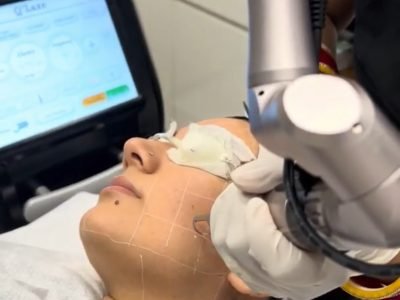
Laser Toning
Non-invasive laser treatment for pigmentation, acne marks, and dullness.
- Session Duration: 20-30 minutes
- Sessions Required: 4-6
- Gaps Between Sessions: 2-4 weeks
- Results In: Clear, rejuvenated skin
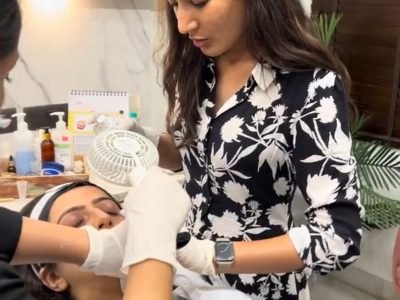
Chemical Peels
Exfoliates dead skin, improves acne, and reduces pigmentation.
- Session Duration: 20-30 minutes
- Sessions Required: 3-6
- Gaps Between Sessions: 2-4 weeks
- Results In: Smooth, glowing skin
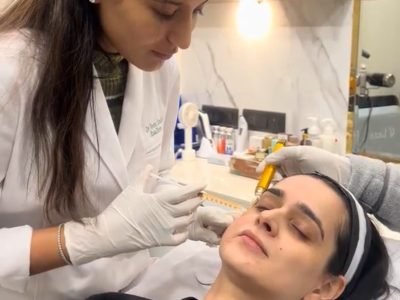
VAMPIRE FACIAL
Advanced growth factors micro needling for active acne and texture improvement.
- Session Duration: 45-60 minutes
- Sessions Required: 3-4
- Gaps Between Sessions: 4-6 weeks
- Results In: Firmer, youthful skin
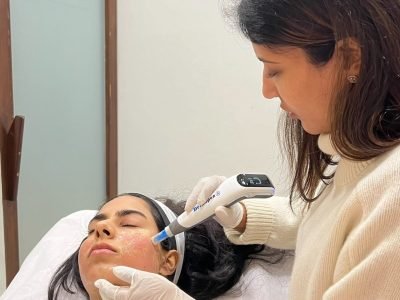
Demra Pen-4
A micro needling session that infuses skin with nutrients to repair and restore scarred areas.
- Session Duration: 30 minutes
- Sessions Required: 4-5
- Gaps Between Sessions: 2-3 weeks
- Results In: Revitalized, refined skin




